Royal Air Force Fylingdales, North Yorkshire, marked its diamond jubilee on 21 September with a monumental celebration of 60 years since its establishment.
Situated on the North Yorkshire moors, RAF Fylingdales has always been more than just a base.
Its iconic three ‘golf ball’ radomes became a signature landmark, making its presence felt till 1992 when they were replaced by the pyramid-shaped SSPAR (Solid-State Phased Array Radar).
Opening its doors in 1963, RAF Fylingdales has been the guardian of UK’s skies and beyond, taking on the critical role of the UK’s primary military space sensor. This base is the first line of defence against ballistic missile threats, ensuring the impossibility of a surprise missile assault on the nation.
Additionally, it plays a pivotal role in Space Domain Awareness, meticulously tracking between 10,000 and 12,000 objects in Low Earth Orbit every single day. Its impeccable radar capabilities can detect objects as small as a drink can, even if they’re 3,000 miles into space.
As Air Vice-Marshal Paul Godfrey, Commander of UK Space Command, emphasised, “For six decades, RAF Fylingdales, with its dedicated team of military professionals, civil service members, and contractors, has stood as the bastion for missile warning services for the UK and its allies. In today’s era, where global daily operations lean heavily on space satellites and systems, RAF Fylingdales is pivotal in ensuring the safety, security, and sustainability of space.”
RAF Fylingdales now seamlessly integrates under the UK Space Command, leading the charge in space operations, capability, and workforce for UK Defence. Concurrently, it operates in tandem with Space Delta 4, reinforcing missile warnings for both the US and its international allies.


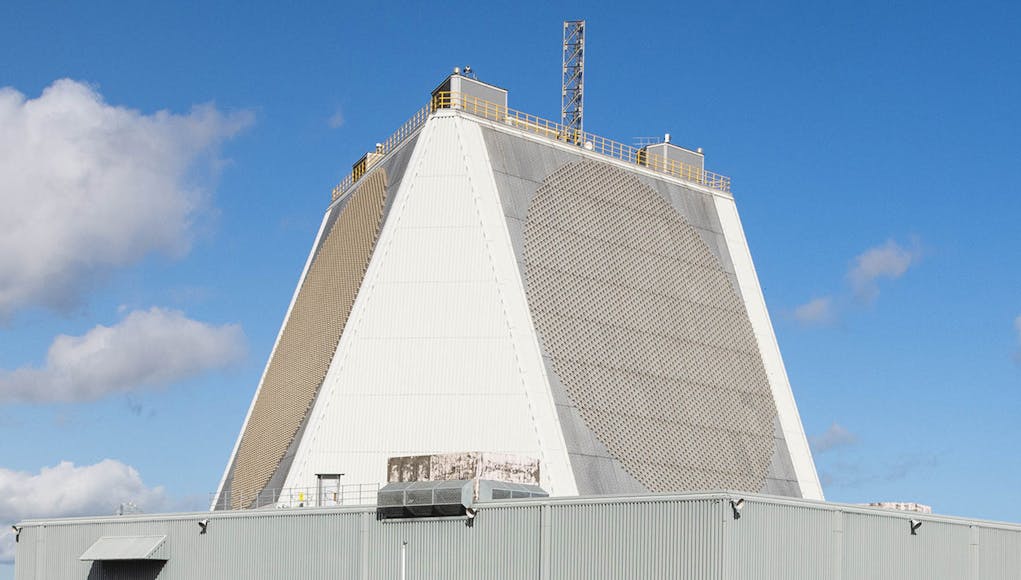
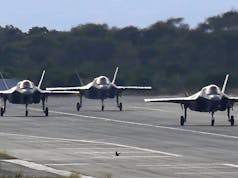
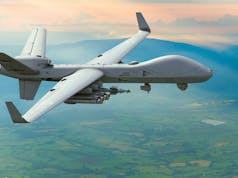
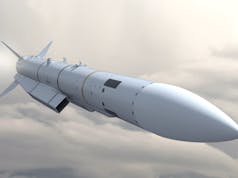

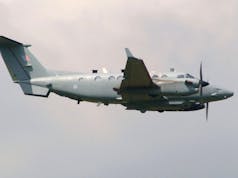

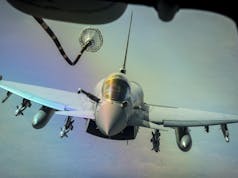




Travelled past them on a school trip to Whitby and as a primary school child, I was most impressed at seeing something so unnatural . But today a much more interesting story is Woodsmith Mine (around 6 miles away) which very few people are talking about. It is the worlds biggest deep potash and polyhalite mine and contains enough of the stuff to last 100 years and is set to open in 2027 Due to environmental concerns, the mine and most of its supporting infrastructure is underground, in order to keep lorries off the local roads, they have dug a 23 mile tunnel (16 feet in diameter) all the way to Teeside where it can be loaded onto ships for export. It is set to earn the UK £100 Billion over the next 50 years. Enough people are happy to shoot the Uk down, here’s a good news story for a change
I had no idea about this mate. Thanks.
Daniele,
if you have a spare 11 mins do a search on this YT video:
Britain’s New Super Mine. The Mine No One Has Heard Of. 2023
Whats amazing to me is because its 1600m deep the transport to the surface is the ‘old fashioned’ vertical lift cages for staff and separate product shaft ore skips – which has its connection to the port conveyor belt 360m down.
That is awesomely impressive.
I saw something about that mine and some others that are planned, being talked about using similar tech. It’s a Fantastic development using machines and robots to do the hard work.
Always remember the Golf balls on the way to Whitby ,sorry to see them go but TEC moves on and now we see Pyramid .Have notice the Mine many times but didn’t really know what it was all about .Hope it does bring in £100 Billion Lord knows the UK need it ,good post 👍
You want Golf Balls, go west past Harrogate. Dozens of them there at Menwith.
👍
Thanks for that Farouk. One of my nephews is (was?) one of the mining engineers on this project
If my old brain is still working I seem to recall passing Flyingdales as a young man on the Flying Scot going from London to School ‘Up North” in-between sips of the finest Malt at Kings Cross
Finest malt on your way to school? Way to go!
Yeah I watched the YouTube video on Woodsmith mine a while ago the estimated value of the potash mineral is nearly £500 billion. But instead of nationalising the resource we sold off the mining rights and will only get back in tax what the minerals wealth is worth. So around 20% of it’s value.
The Norwegians would have nationalised it, like they did their North Sea gas and oil. Result Norway is proportionately the richest country in the world with sovereign wealth meaning every Norwegian citizen is worth £10.8 million.
With the nukes all based in the water is the couple of minutes warning still worth the cost? Doesn’t help 99.9% of the population. Is it still the best way to detect incoming? If it needs a multi billion £ refit would that money be better spent elsewhere?
I think it is useful as it does other things aswell and the costs are already invested.
Wonder whether SSPAR at RAF Fylingdales will be slated for an upgrade/integration effort in conjunction w/ the future UK GBAD programme? After initial pronouncements re GBAD initiative, complete communication silence. Hopefully, some MoD/RAF team is generating concept design and systems requirements, in preparation for the RFP process (not certain if you Brits use same contract nomenclature.) 🤞
Reference UKDJ article, dated August 9, 2022. Generated significant speculative commentary.
A unique site like this absolutely needs to be protected, or have protection available at short notice and as you say, part of an integrated GBAD UK network.
Said to have underground areas. Though against a nuclear weapon, there is no defence for a direct or near miss and the place is a prime target, one that CAAB ( Campaign for the Accountability of American Bases ) get excited about all the time with others like Croughton, Feltwell, and Menwith.
Interestingly, I’ve read that Fylingdales is in violation of the ABM treaty.
Of course, as this, in conjunction with IR satellites, provides warning for the US too, alongside sites at Thule in Greenland, Clear in Alaska, both BMEWS sites, and others for SLBM detection and track.
It also, as you alluded to, tracks space debris and satellites, which is an important task as anything sensitive will be brought under cover when an satellite is overhead.
I also believe that the USAF pays most of the costs, as although it is “RAF” and manned by the RAF, there is a USAF LO and it very much has US tasking too.
I drove up past it last Thursday on the way to a wedding. It’s a stunningly beautiful part of the world and there it is massive white Triangular structure sat all alone on the Moors.
To be honest it’s actually quite artistic in a way, an obelisk of mans destructive nature surrounded by natures beauty.
Then you just think to yourself “Oh heck I am stood here with zero cover right next to the intended ground zeros of several nuclear weapons”.
Maybe they should build a couple of other large structures up there and call it an Outside Art gallery, a huge 2001 Monolith or a massive version of the Led Zeppelin “Thing”. I like this idea 😉
I was lucky to have a tour of Fylingdales around 2003, sadly i couldn’t make the 4th July visit to Menwith Hill
My old man was visiting Fylingdales once in the 70s or 80s and all of a sudden the klaxons started blaring – fortunately not the beginning of WWIII, just the Soviet Union launching a new satellite and forgetting to give anyone else a heads up.
It’s been obsolete for the last 20+ years
Why is that?